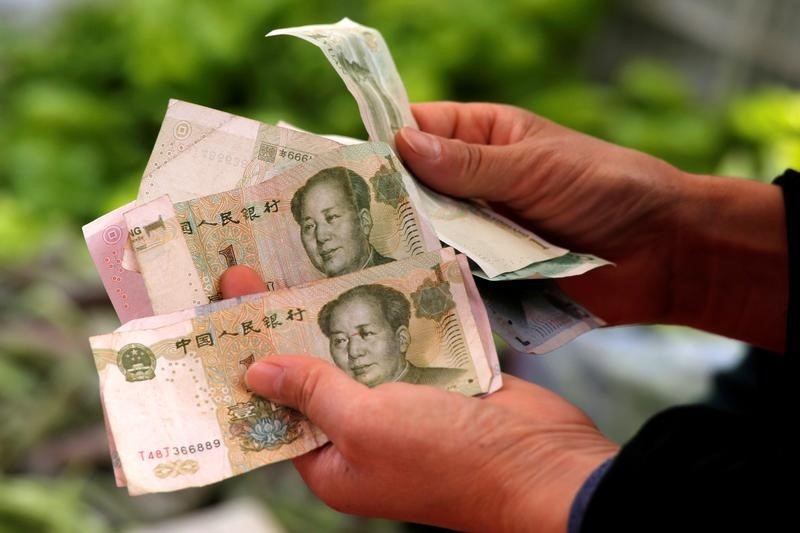The People's Bank of China (PBOC) plans to issue a larger batch of offshore yuan bills in an effort to stabilize the weakening yuan, according to state media Financial News on Thursday. This move follows the central bank's announcement of ramping up bill sales in Hong Kong next week.
The PBOC intends to sell CNY 15 billion (HK$16 billion) worth of six-month yuan-denominated bills next Tuesday, marking the largest auction for such a tenor since it began selling offshore yuan bills in 2018. This sale significantly surpasses the CNY 5 billion of six-month bills set to expire next week.
The decision to sell bills in the financial hub is expected to drain yuan liquidity from the market and help stabilize the currency's exchange rate. This comes after the yuan's three-month interbank rate in Hong Kong rose to 4.23%, and the one-month tenor climbed to 4.79%. The overnight rate exceeded 5% for the first time since April 2022, moving closer to the comparable borrowing costs for the US dollar.
As a result, traders will find it more expensive to borrow Chinese currency in overseas markets and sell it against the US dollar. The onshore yuan has risen 46 basis points this week, reaching a new high of 7.2789 per US dollar.
In addition to these measures, early mortgage repayments have been reduced, a move cited by an unnamed senior official as a potential booster for consumer confidence. The PBOC plans to increase its coordination with fiscal and industrial policies while closely monitoring the effects of financial policies.
This marks the second batch of offshore Chinese yuan notes issued by PBOC in the past month with an aim to stabilize the Chinese yuan. On August 22, PBOC had announced issuing CNY 35 billion worth of central government bills in Hong Kong, with CNY 20 billion of them being three-month notes. This year, the central bank has issued nine batches of bills in Hong Kong totaling CNY 110 billion ($15.1 billion).
The larger issuance of central government bills is expected to moderately tighten the Chinese yuan liquidity in the offshore market and increase the cost of shorting the yuan. The offshore yuan Hibor, a gauge that measures offshore yuan liquidity conditions, had risen 51 basis points to 4.44% on September 12, the highest since April 2022. The three-month offshore yuan Hibor rose 24 basis points to 4.11%, the highest since 2018.
The PBOC's issuance of offshore central notes and tightening of the yuan liquidity are intended to stabilize the exchange rate and avoid irrational fluctuations in the market. If there continues to be depreciation pressure on the offshore Chinese yuan exchange rate in the future, PBOC may further regulate the offshore yuan liquidity by issuing additional central bills.
This article was generated with the support of AI and reviewed by an editor. For more information see our T&C.
